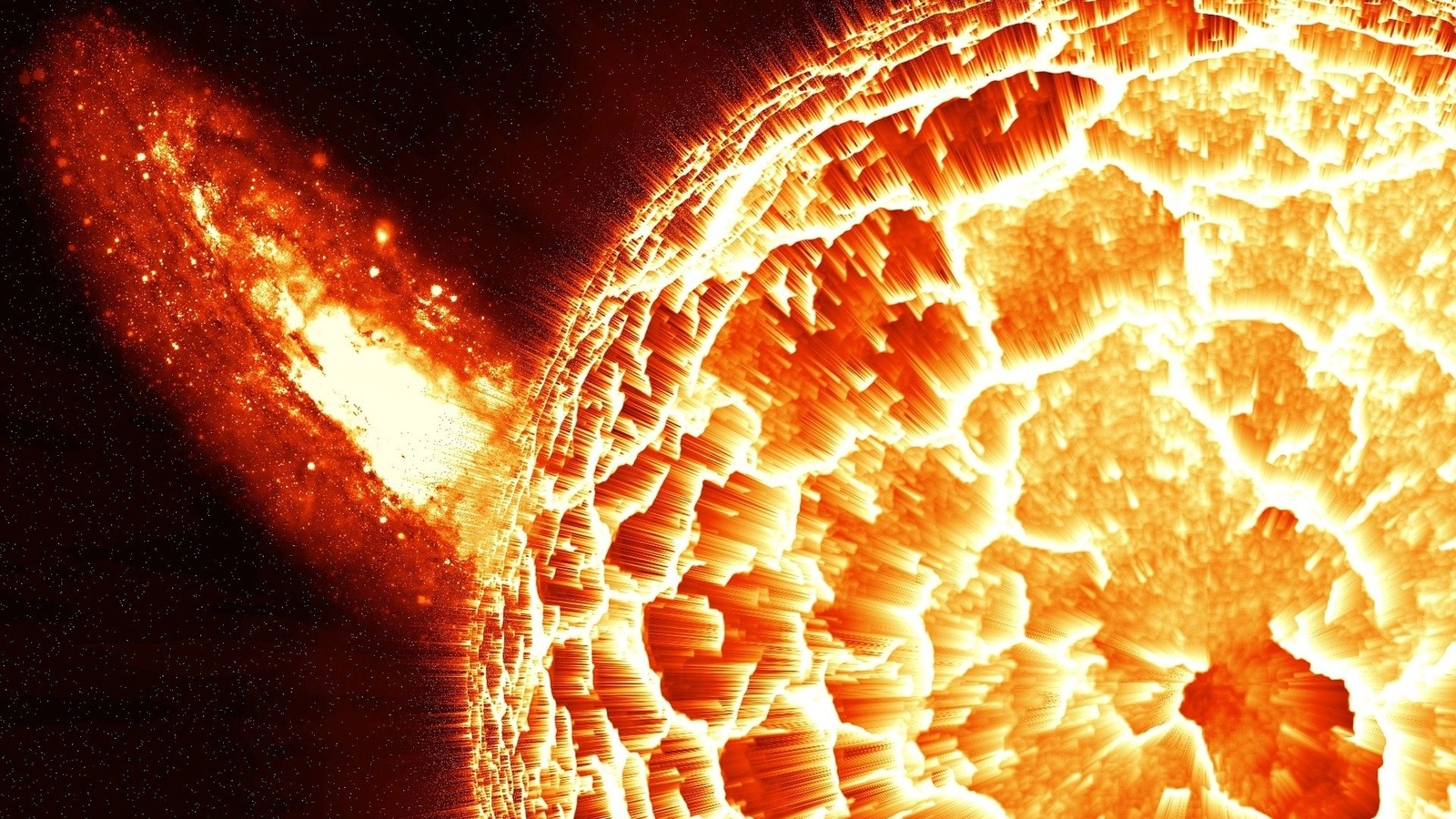Solar storm hits Earth; these 4 dangerous things can happen
Earth is going through a solar storm and there are several dangers that we face from this event. Here’s what you need to know about it. NOAA has already issued a geomagnetic storm warning.

Stay alert! Our planet has just been hit by a solar storm and it does carry some dangers. A very large super-solar storm can be very dangerous. The Earth will be bombarded by this solar storm until October 12. This solar storm hit the for the first time on October 11. Warnings for a G2 geomagnetic storm have been issued by the National Oceanic and Atmospheric Administration (NOAA) and Space Weather Prediction Centre (SWPC). The G2 level warning means that this is a moderate solar storm and hence, it too can have multiple effects on us.
For our readers who want to learn about a Solar storm, here's a brief explanation. A solar storm, which has many forms, also has a geomagnetic storm avatar and it causes major disturbance in the Earth's magnetosphere when solar winds hit the planet. The solar storm is birthed by the Sun when it ejects matter into space and if Earth happens to be in its path, it is bombarded by these energy particles that have the potential to wreak havoc with the Earth's electricity grid, satellites, and even the Interenet. The phenomenon can trigger a wide variety of woes on us Earthlings, especially with the fate of all of our space and communication stuff hanging in balance.
Solar storm hits Earth
Geomagnetic storms are mostly caused by Coronal Mass Ejections, or CME, which is essentially a large discharge of plasma material and magnetic field from our Sun's corona. CME's usually travel from the sun at speeds between 250 km/s and 3,000km/s. If the speeds are leaning towards the higher side, CME's can reach us in 15-18 hours from the sun. .
With G1 being the safest side and G5 being the fiercest, scientists have marked this solar storm in an intensity between G1 and G3.
So far, there have been foreparts of any major damage on any spacecraft or Earth-based communications systems. However, a solar storm can trigger a wide range of effects, some of which are visible to most humans.
Solar storms often cause power fluctuations across power grids. Cities on higher altitudes may face this issue even more.
The Aurora Borealis, or Northern lights, are visible outside the Arctic Circle. It is said that even New Yorkers can witness this special light show during an especially severe solar storm.
Spacecraft can go haywire! Most common issues include orientation irregularities with the onboard instruments and other operational constraints.
Radio communications are affected vastly. This may also have effects on GPS based systems like smartphones, smartwatches and in-car navigation system. In worst case scenario, it can knock out satellites and disrupt the Internet.
Catch all the Latest Tech News, Mobile News, Laptop News, Gaming news, Wearables News , How To News, also keep up with us on Whatsapp channel,Twitter, Facebook, Google News, and Instagram. For our latest videos, subscribe to our YouTube channel.





























